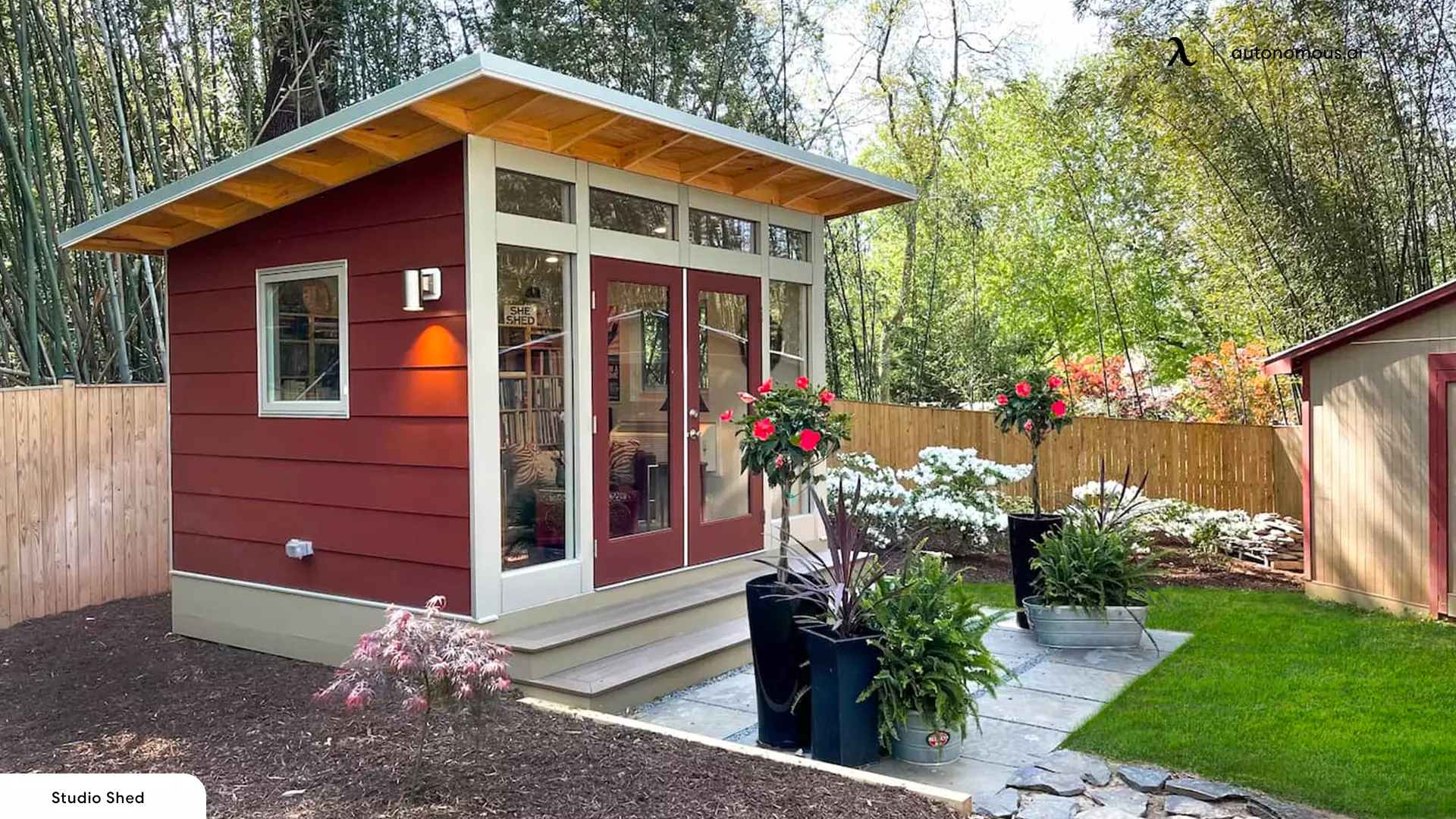
Concrete Prefab Shed vs. Modular Shed: What's the Best for Your Backyard?
Table of Contents
Sheds have evolved remarkably over time, transforming from simple storage solutions to versatile backyard structures tailored to meet a variety of needs. Initially, sheds served as rudimentary spaces for storing gardening tools and equipment. However, advancements in construction techniques and materials have allowed for a broader range of functionalities, from workshops and home offices to stylish garden retreats.
This article delves into two popular modern shed types: concrete prefab sheds and modular sheds. We will explore the unique characteristics of each, compare their benefits and drawbacks, and provide a comprehensive guide to help you determine the best option for your backyard.
Understanding Concrete Prefab Sheds
Concrete prefab ADUs or sheds are constructed using pre-manufactured concrete panels or modules that are transported to the site and assembled. The concrete material provides excellent resistance to weather conditions, pests, and fire, ensuring the shed remains intact and functional for many years.
One of the key advantages of building a shed on a concrete pad is the robust construction, which offers superior security for stored items. The shed concrete slab and solid walls as well as the sturdy framework can withstand extreme weather events, including heavy winds and snow loads, making them ideal for regions with harsh climates. Additionally, the thermal mass of concrete helps regulate interior temperatures, providing a more stable environment for sensitive equipment or materials.
Installation of concrete prefab sheds is relatively quick compared to traditional construction methods. Since the panels or modules are pre-fabricated, on-site assembly is streamlined, reducing labor costs and construction time. Customization options are also available, allowing homeowners to choose various designs, sizes, and finishes to match their aesthetic preferences and functional needs.
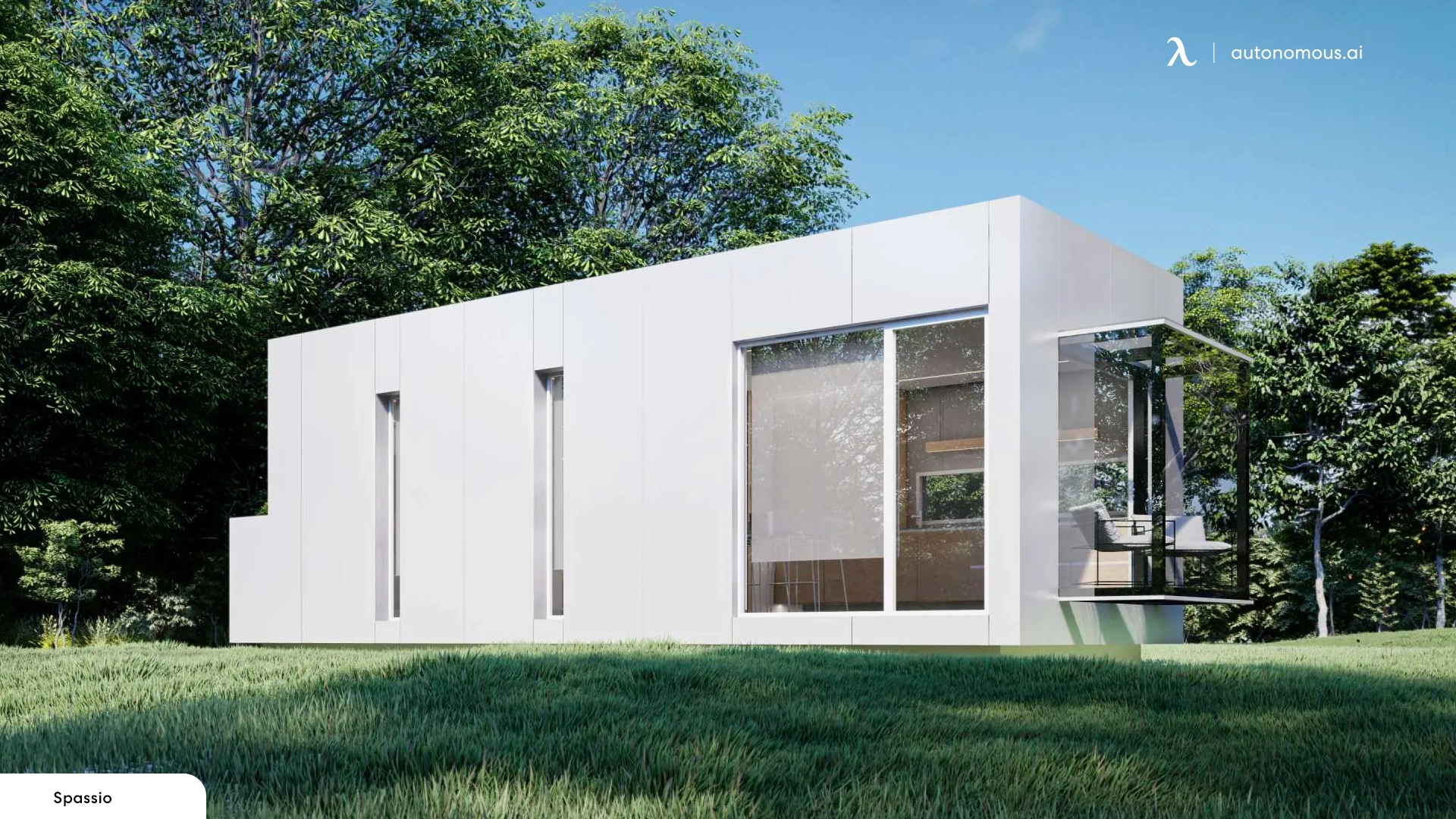
Understanding Modular Sheds
Modular sheds, like concrete prefab sheds, are constructed using pre-manufactured components that are transported to the site for assembly. However, modular sheds typically use materials such as wood, metal, or plastic, offering a different set of advantages. These sheds are known for their versatility, ease of customization, and quicker installation process.
One of the standout features of modular sheds is their flexibility in design and layout. Homeowners can choose from a wide range of styles, sizes, and configurations, making it easy to find a shed that fits both their functional requirements and aesthetic preferences. Unlike the solid, permanent nature of concrete prefab sheds, modular sheds can often be expanded or reconfigured over time, allowing for adaptability as needs change.
While modular sheds may not match the extreme durability of concrete sheds, they are still built to withstand various weather conditions and provide adequate security for stored items. The materials used in modular sheds are often treated to resist rot, decay, and pests, ensuring longevity with minimal maintenance.
The installation of modular sheds is typically even faster and more straightforward than that of concrete prefab sheds, as the lighter materials are easier to handle and assemble. This can also result in lower transportation and labor costs.
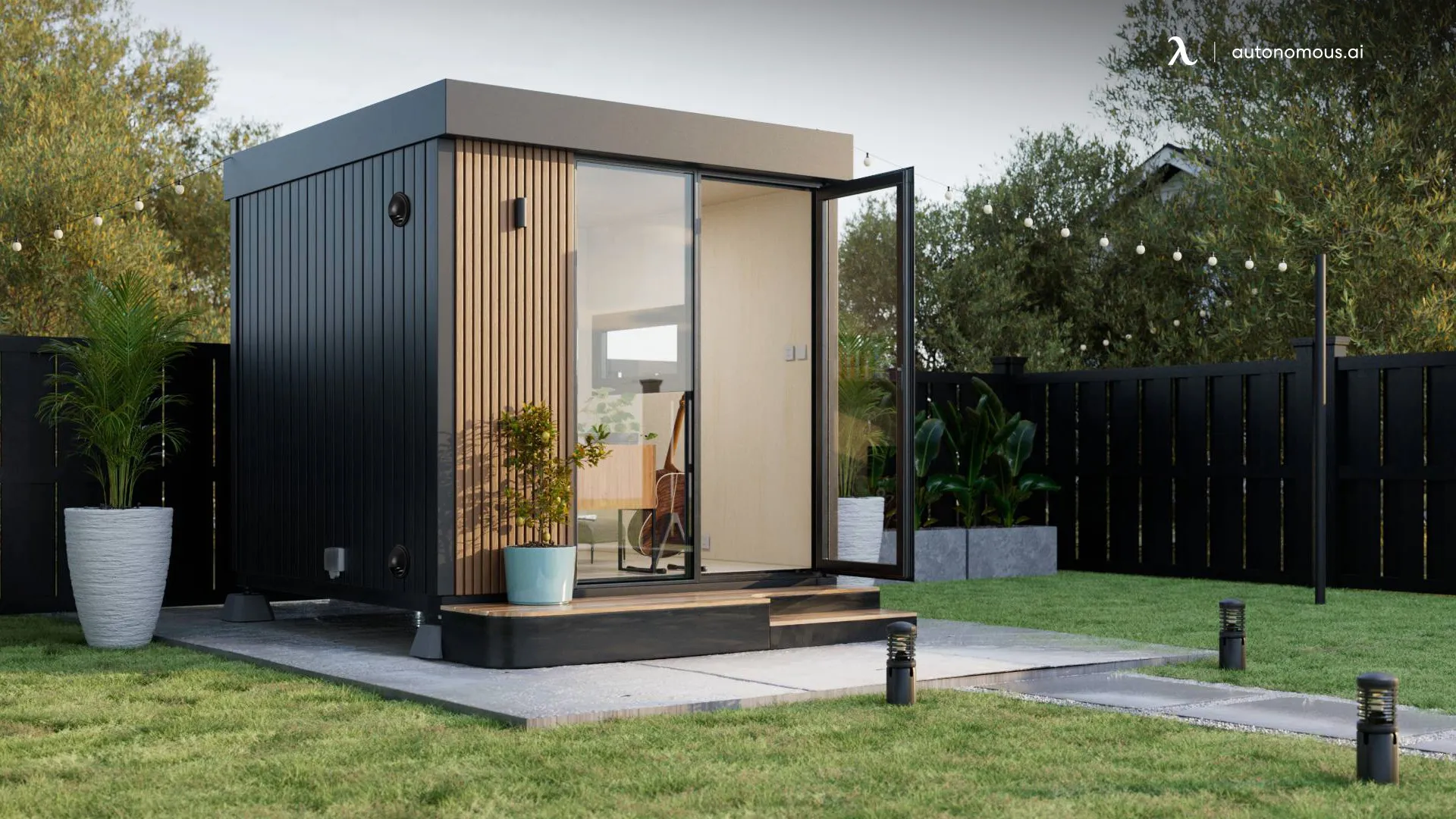
Comparative Analysis
Environmental Impact
Concrete Prefab Sheds
Concrete production is known for its high carbon footprint, contributing significantly to environmental degradation. The extraction and processing of raw materials like limestone and the energy-intensive manufacturing process result in substantial CO2 emissions. However, shed siding panels offer excellent longevity, which can mitigate the environmental impact over time by reducing the need for frequent replacements.
Modular Sheds
Modular sheds often have a smaller environmental footprint, especially when made from sustainable or recycled materials. Wood, a common material in modular sheds, can be sourced from responsibly managed forests, and plastic or metal components can be recycled. Additionally, the lighter materials used in modular sheds generally require less energy for transportation and assembly, further reducing their environmental impact.
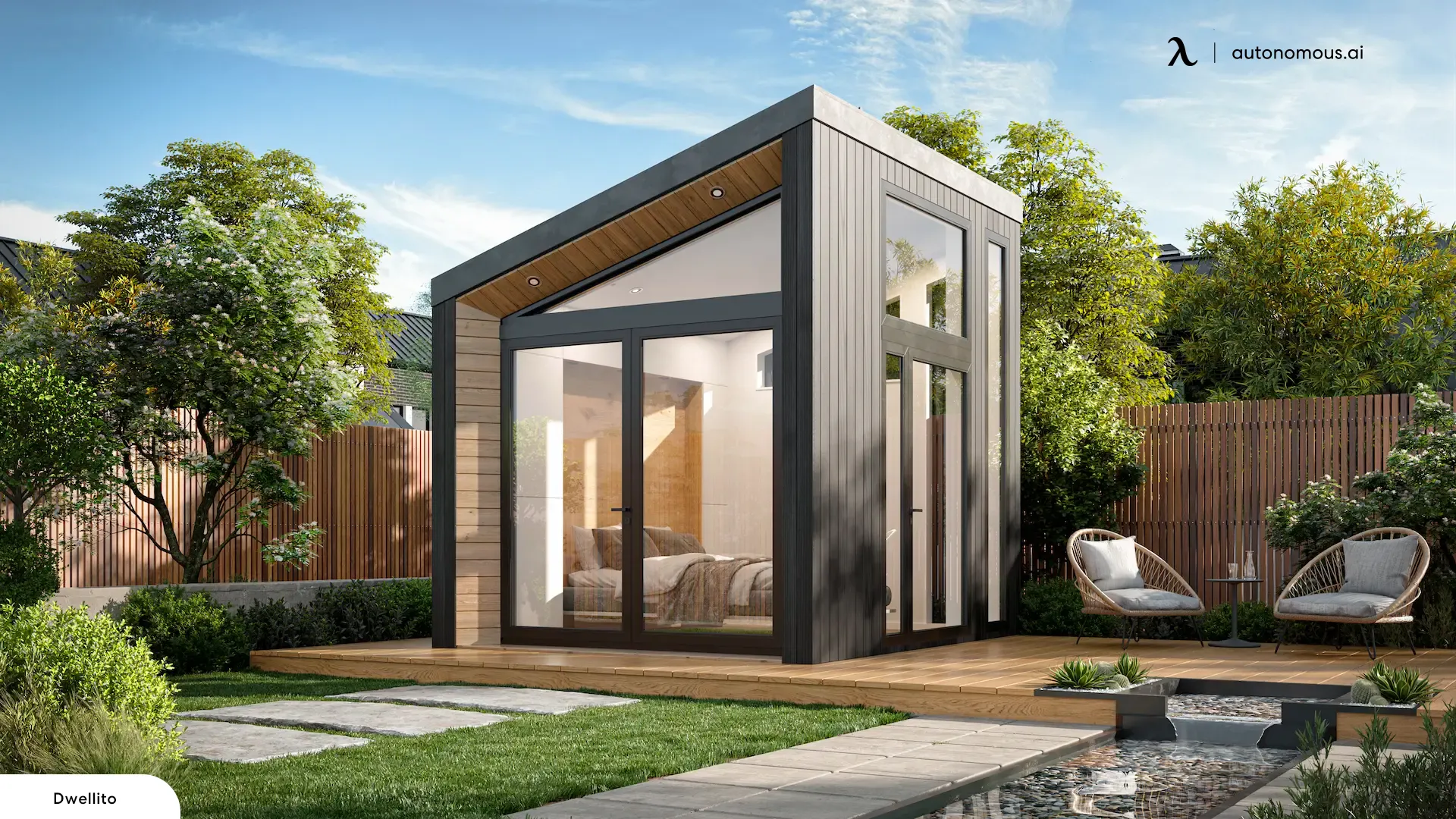
Insulation and Energy Efficiency
Concrete Prefab Sheds
Concrete has excellent thermal mass, meaning it can absorb and store heat, which helps in maintaining stable indoor temperatures. This can be beneficial for energy efficiency, reducing the need for additional heating or cooling, especially in extreme weather conditions. However, concrete sheds may require additional insulation to achieve optimal thermal performance.
Modular Sheds
Modular sheds can be designed with built-in insulation, providing good energy efficiency. The materials used, such as insulated panels or treated wood, can offer excellent thermal performance. This makes modular sheds suitable for use as workshops, offices, or even living spaces where maintaining a comfortable temperature is essential.
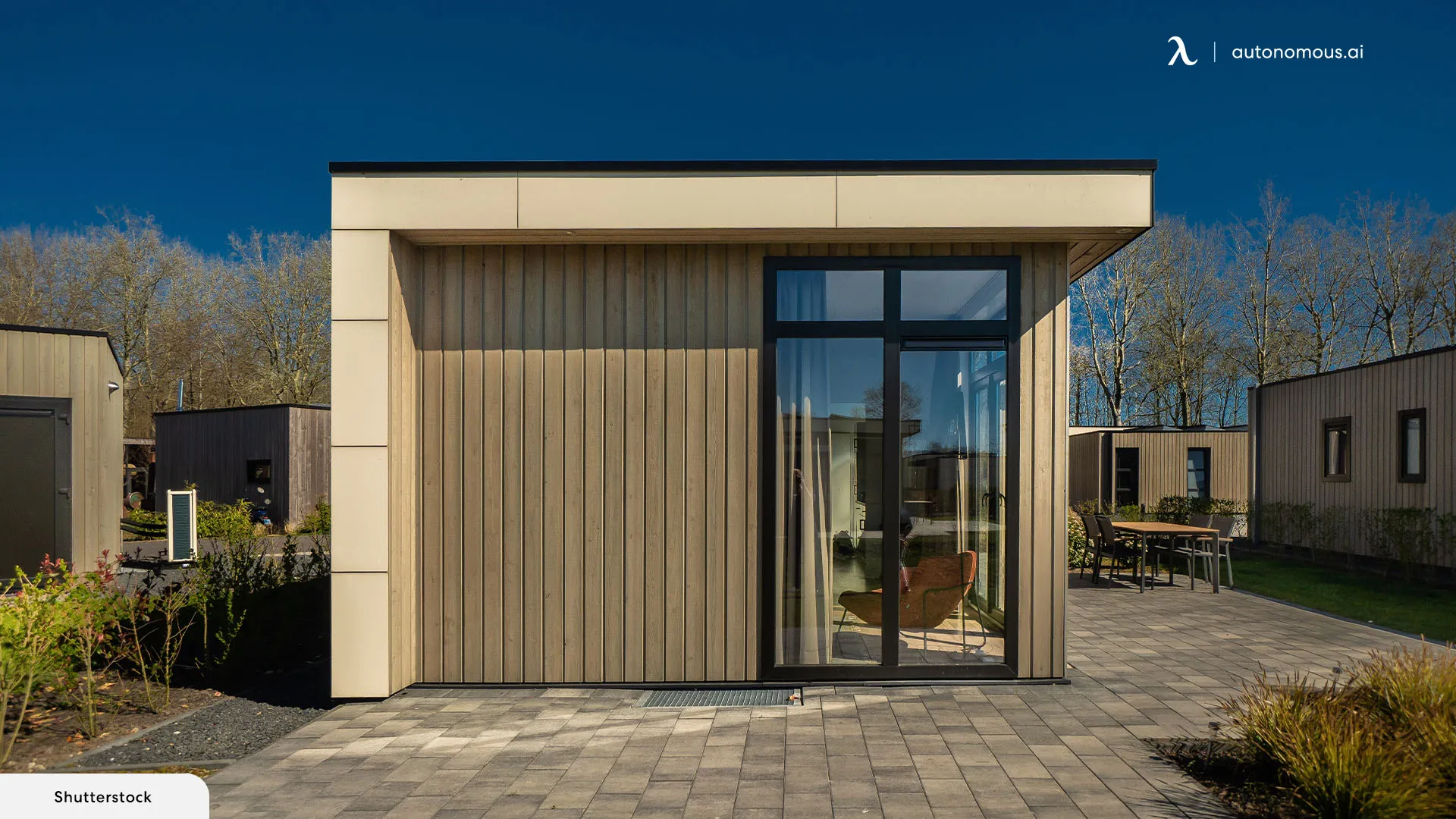
Portability and Relocation
Concrete Prefab Sheds
Once assembled, prefab ADUs in Southern California are essentially permanent structures. Their heavy weight and solid construction make relocation impractical. This can be a disadvantage if you anticipate the need to move the shed in the future or if you are renting your property.
Modular Sheds
Modular sheds are designed with portability in mind. They can be disassembled and relocated relatively easily, making them a versatile option for those who may move homes or want the flexibility to change their backyard layout. This feature is particularly advantageous for renters or homeowners who value adaptability in their outdoor structures and may require other prefab additions.
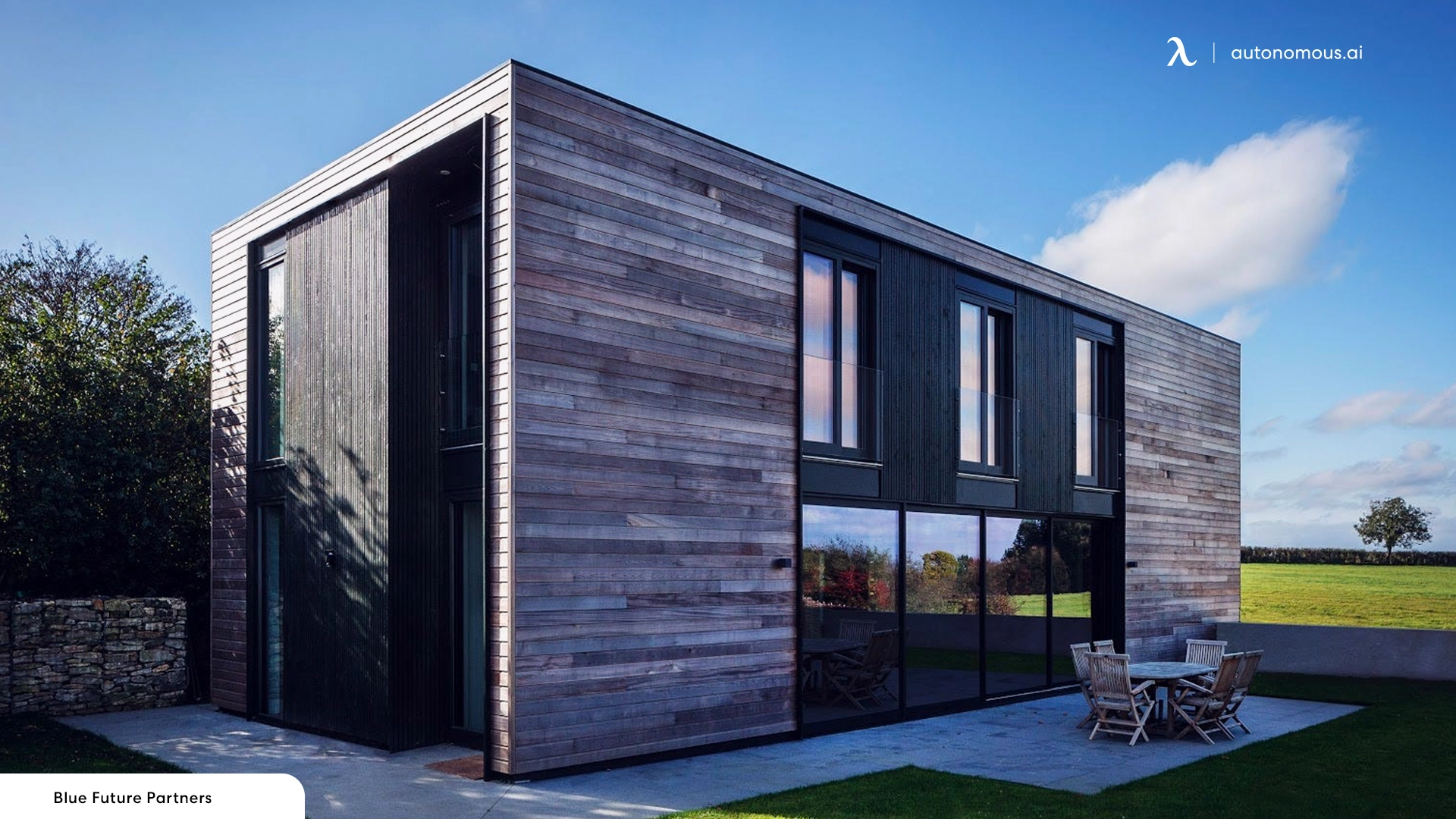
Pros and Cons of Concrete Prefab Shed
Pros
- Exceptionally durable, capable of withstanding harsh weather conditions.
- Long-lasting with minimal maintenance required.
- Offers high security due to solid construction, protecting against theft and vandalism.
- Naturally resistant to fire, providing added safety for stored items.
- Impervious to pests such as termites and rodents.
- Excellent thermal mass helps maintain stable interior temperatures.
- Can be customized with various shed floor ideas and designs like a prefab office.
- Requires little upkeep compared to other shed materials.
Cons
- High carbon footprint due to the energy-intensive production process of concrete.
- Difficult to relocate once installed due to its heavy and permanent nature.
- Typically more expensive upfront than other types of sheds due to material and construction costs.
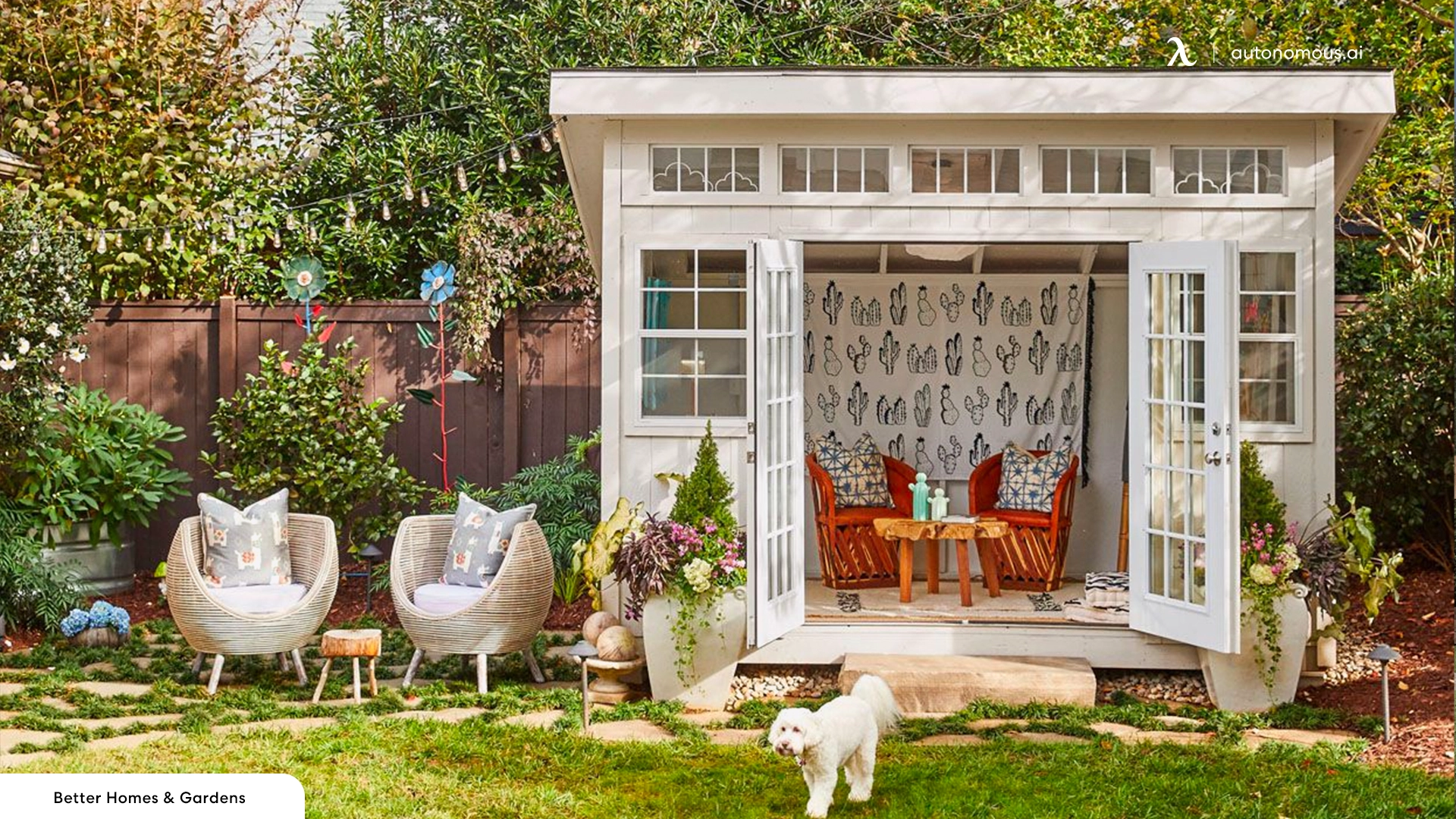
Choosing the Right Shed for Your Needs
Purpose and Functionality
The primary consideration when choosing a shed is its intended purpose and functionality. Determine how you plan to use the shed: for storage, as a prefab guest house, a home office, or even a hobby space. If you need a secure space to store valuable equipment, a concrete prefab shed's durability and security might be ideal. However, if flexibility and customization are important, a modular shed could better suit your needs. Understanding the specific functions your shed will serve helps you choose the right type and features, ensuring it meets your requirements effectively.
Budget and Cost Efficiency
Budget plays a crucial role in selecting the right shed. Concrete prefab sheds generally have higher upfront costs due to material and construction expenses but offer long-term savings through durability and low maintenance. On the other hand, modular sheds often have lower initial costs and can be more economical in terms of transportation and installation. Additionally, consider the long-term costs, including potential maintenance, repairs, and energy efficiency. Evaluating your budget and weighing the cost efficiency of each type helps ensure you choose a shed that provides the best value for your investment.
Conclusion
Choosing between a concrete prefab shed and a modular shed depends largely on your specific needs and priorities. Concrete prefab sheds offer unmatched durability, security, and low maintenance, making them ideal for long-term use and harsh climates. In contrast, modular sheds provide greater flexibility, customization options, and ease of installation, catering to those who value adaptability and design variety.
By considering some important factors, you can make an informed decision that best suits your backyard and personal requirements.
Stay connected with us!
Subscribe to our weekly updates to stay in the loop about our latest innovations and community news!
Interested in a Link Placement?
Spread the word
.svg)



/https://storage.googleapis.com/s3-autonomous-upgrade-3/production/ecm/230914/bulk-order-sep-2023-720x1200-CTA-min.jpg)

/https://storage.googleapis.com/s3-autonomous-upgrade-3/production/ecm/230824/MichaelThompson-0af2cea9-5dc9-4603-808d-baad10ba1046.jpg)